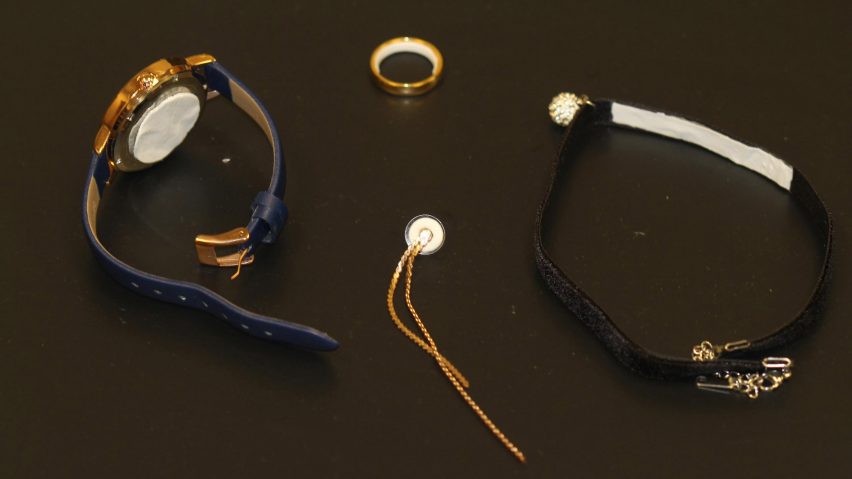Contraceptives and other drugs could be administered through an earring, using a method invented by researchers at the Georgia Institute of Technology.
The researchers have developed a small contraceptive patch that sticks to an earring back, as well as other jewellery such as rings, necklaces or wristwatches.
With the drug absorbed through skin contact, the jewellery offers a discrete method of contraception that might prove more convenient and attractive to some users than existing options.
"Pharmaceutical jewellery introduces a novel delivery method that may make taking contraceptives more appealing," said engineer Mark Prausnitz.
"Because putting on jewellery may already be part of a woman's daily routine, this technique may facilitate compliance with the drug regimen. The more contraceptive options that are available, the more likely it is that the needs of individual women can be met."
Prausnitz and his Georgia Tech colleagues Mohammad Mofidfar and Laura O'Farrell published their research in the Journal of Controlled Release in March.
While there are already contraceptive patches on the market, the team have engineered theirs to be small enough to be integrated into jewellery and therefore hidden from sight.
Their invention has a triple layer: one impermeable adhesive layer that sticks to the jewellery, one semipermeable layer that sticks to the skin, and the drug in solid form sandwiched in between.
While almost any item of jewellery could hold such a patch, Prausnitz believes earring backs have the most potential.
"The advantage of incorporating contraceptive hormone into a universal earring back is that it can be paired with many different earrings," said Prausnitz. "A woman could acquire these drug-loaded earring backs and then use them with various earrings she might want to wear."
The team's initial tests suggest the jewellery delivers sufficient hormones to act as a contraceptive, although no human trials have yet been done.
In their tests, the earring backs were applied to ears from pigs and the skin of hairless rats for 16 hours at a time, and then taken off for eight hours to simulate removal during sleep.
They envisage that people using the earring backs would change them periodically, say once a week. Whether this process is easier to comply with than existing contraceptive options is a matter for further testing, which will focus on women across different cultures.
The engineers originally intended the product for countries with limited access to long-acting contraceptives such as injectables, implants and IUDs.
"We need to understand not only the effectiveness and economics of contraceptive jewellery, but also the social and personal factors that come into play for women all around the world," Prausnitz said. "We would have to make sure that this contraceptive jewellery concept is something that women would actually want and use."
The jewellery patch could also work with other drugs that are skin-permeable and only needed in a small dose.
Among other recent design developments in health and medicine are the Oxygem smart ring for monitoring blood oxygen levels, the Kegg cervical mucus tracker and 3D-printed hearts for helping doctors plan surgeries.

